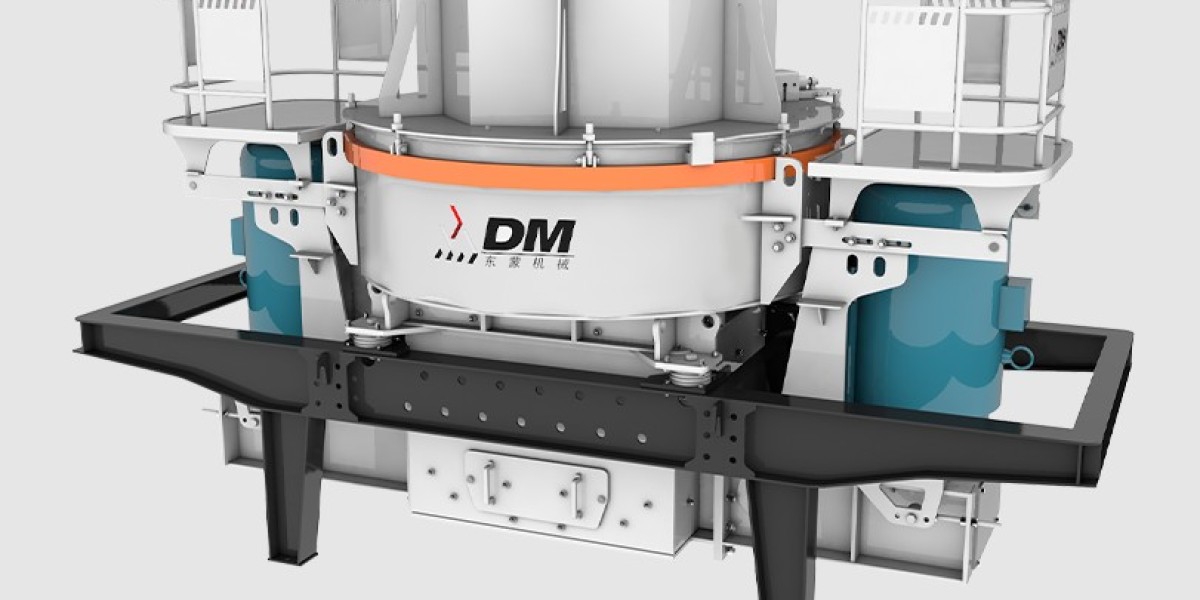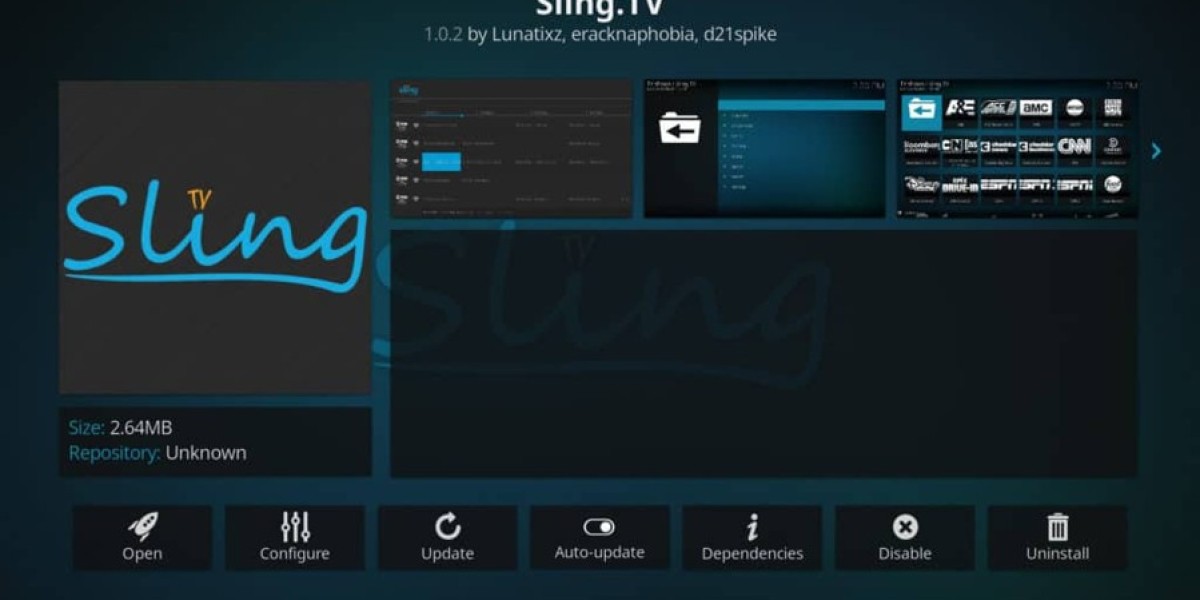Abnormal vibration and operational issues in a China Stationary Crusher can signal underlying mechanical problems that, if left unattended, may lead to costly breakdowns and safety hazards. Early detection is vital for maintaining performance and extending the equipment’s lifespan. Operators and maintenance personnel should be familiar with the common signs and symptoms that indicate the crusher is not running smoothly.
One of the most noticeable indicators is unusual or excessive vibration during operation. While some vibration is inherent to crushing machines, sudden changes in vibration intensity or frequency often point to problems such as misaligned shafts, worn bearings, or imbalance in rotating parts. Operators may feel stronger shaking than usual through the machine frame or the floor. It’s important to compare vibration levels to the machine’s baseline data obtained during normal operation, if available.
Unusual noises often accompany abnormal vibrations. Grinding, rattling, or knocking sounds can signal loose components, damaged wear parts, or foreign objects trapped inside the crushing chamber. Listening carefully during startup and steady operation can help identify these irregular sounds early. Ignoring such noise may lead to further component damage or failure.
Operational performance metrics can also highlight potential issues. A sudden drop in throughput, inconsistent product size, or increased power consumption without a change in material feed may indicate that the crusher is not functioning optimally. Monitoring these parameters helps detect problems before they escalate into mechanical faults.
Visual inspections are essential for diagnosing vibration and operational problems. Cracks in the machine frame, loose bolts, or oil leaks around bearings and gearboxes are warning signs. Accumulation of dust or material buildup in unexpected areas may interfere with moving parts and cause abnormal running behavior. Regular inspection routines increase the chances of catching early defects.
Advanced condition monitoring technologies, such as vibration sensors and thermal imaging, provide real-time data that can predict potential failures. Installing vibration monitoring devices on critical points like bearings and shafts allows continuous tracking of machine health. Sudden spikes in vibration readings trigger alerts for immediate inspection and maintenance.
Balancing and alignment checks are also necessary when vibration issues are detected. Imbalanced rotors or improperly aligned drive components create uneven forces that increase wear and reduce crusher efficiency. Corrective measures like rebalancing or realigning parts restore smooth operation and prevent damage.
Finally, maintenance history review can help identify recurring problems or patterns leading to abnormal vibrations. Worn or improperly replaced components often cause repeated issues. Keeping detailed records assists maintenance teams in making informed decisions and optimizing service intervals.
In conclusion, identifying abnormal vibration and operational problems in a China Stationary Crusher involves a combination of sensory observation, performance monitoring, visual inspection, and advanced condition monitoring tools. Early detection and prompt response are crucial for preventing severe damage, ensuring safety, and maintaining consistent crushing performance.
Machinery Weight19.8-40.2t
Max Feeding size(mm)≤350mm
Hopper Volume(m³)160-600t/h








